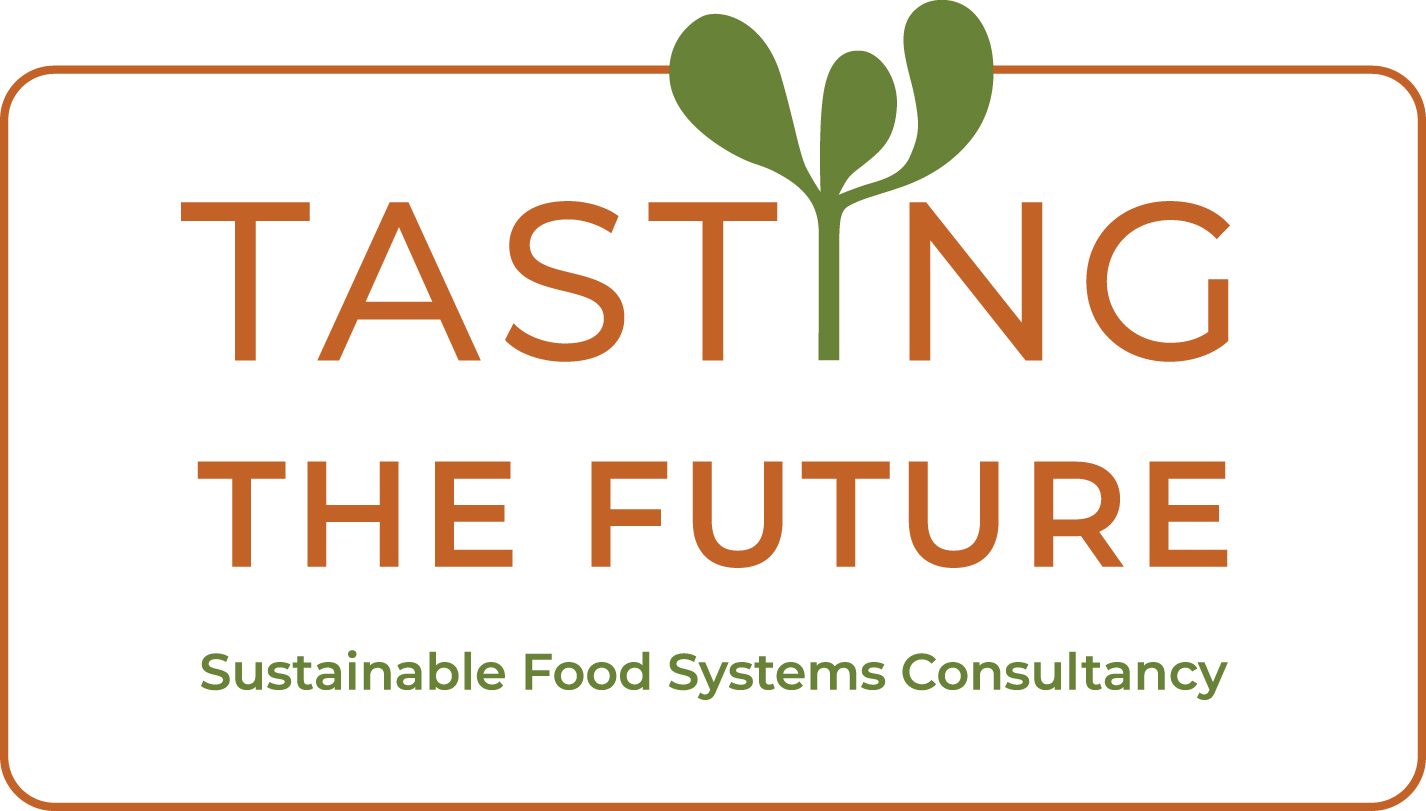Regenerative agriculture is an agricultural system that puts more back into the environment and society than it takes out. It is a powerful concept which is key to restoring not just our soils, but society, our health and our natural world. It represents a unique opportunity to re-frame the prevailing productivist narrative, predicated on maximising agricultural output, with minimum impacts, which dominates agricultural policy and practice today.
Over the last few years ‘Regenerative agriculture’ has emerged on the lexicon of those working on sustainable agricultural solutions, as a framing and a narrative which could challenge the current ‘productivist’ agricultural paradigm, which has dominated food and farming over the last 80 years. ‘Regenerative agriculture’ was first coined as a term in the 1980s by the Rodale Institute and has rapidly grown in profile in recent years. Many organisations focus on its potential to restore soil health, but I believe that done well, regenerative agriculture has huge potential to address many of the most pressing challenges facing the world today:
- Creating a healthy, nutritious and sustainable food system that meets the nutrition needs of a growing global population;
- Restoring key environmental services including increases in biodiversity, enrichment of soils, improvement of watersheds, and meeting the aspiration to limit warming to “well below 2C above pre-industrial levels.”
- Improving the livelihoods, health and well-being of some 570 million farmers worldwide.
Most of the farming practices and techniques that comprise the system of Regenerative Agriculture are nothing new. Many have been practiced for hundreds of years and are integral to agroecological farming, organic agriculture and agroforestry. Typically these principles include the use of cover crops and perennials and no till farming to avoid soil loss and leaching of valuable nutrients, the use of crop rotations and the use of composts/manures to build soil fertility, silvopasture (the practice of combining trees and grazing) and integrated pesticide management.
The principles and practices of regenerative agriculture can be applied across many farming systems
There is never going to be a single silver bullet and sustainable farming systems of the future are going to need to reflect very different political, cultural and social situations. I would argue that we need to focus on the regenerative principles that can be applied to many farming systems rather than a never ending and sometimes polarised debate about which farming method is best suited to feed the world within environmental limits. Whether extensive or intensive, organic or inorganic, small scale subsistence farmers in Africa or larger scale farms that dominate agriculture in many part of Europe and North America, with the right incentive structures and some political will, many farming methods could and must apply the principles that underpin good regenerative agricultural practice.
Two contrasting examples of regenerative agriculture in practice are Familia Luna Farms in Costa Rica and the recent commitment by General Mills to regenerative agricultural practice. Finca Luna Nueva is a small-scale farm deploying a mix of regenerative agricultural practices in Costa Rica to produce a variety of herbs and spices. Their aim is to nourish the soil whilst reversing the impacts of climate change. Established by Tom Newark and Steven Farell, the pair have a vision to extend the practices behind regenerative agriculture to Costa Rica and internationally. General Mills at the other end of the scale has recently put regenerative agriculture at the heat of its sustainability strategy with the aim of bringing ‘soil back to life’. As part of its regenerative agricultural approach it is the process of converting 34,000 acres of conventional farmland in South Dakota to certified organic acreage.
Regenerative agriculture represents more than a shift of practices. As a system that seeks to mimic nature, it represents a paradigm shift in our basic relationship to nature. This shift won’t be easy and will require a significant shift in mindsets amongst farmers, policy makers and citizens alike. Regenerative agriculture provides a real opportunity to shift farming to make it fit to meet some of the most pressing challenges of the 21st Century.




0 Comments
Trackbacks/Pingbacks